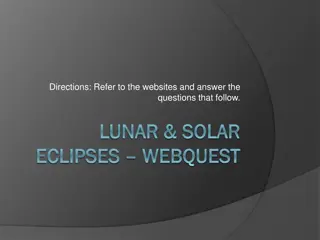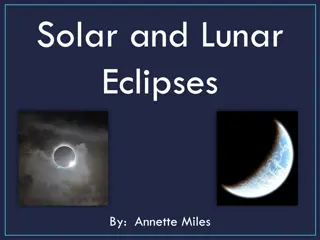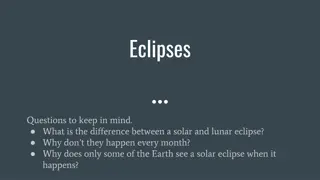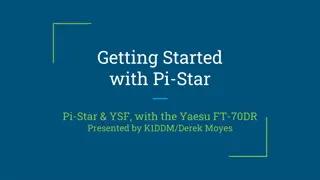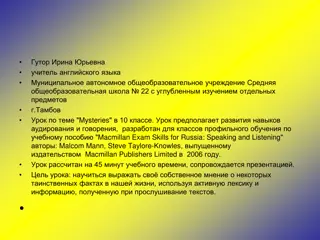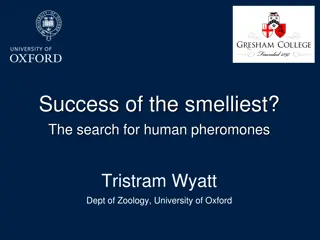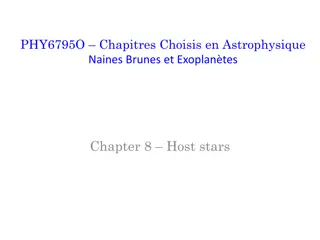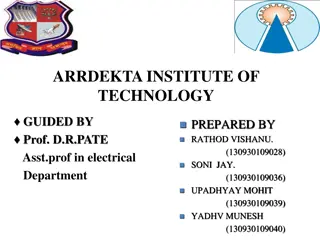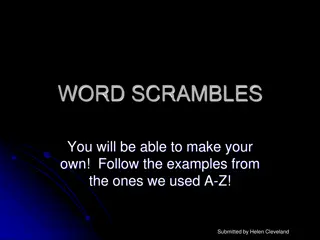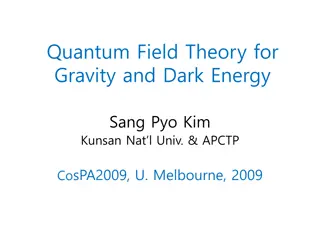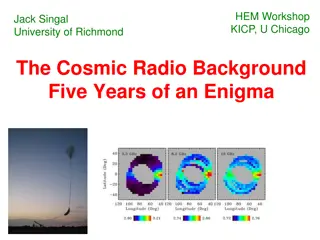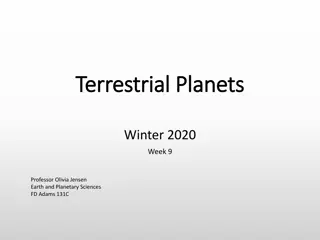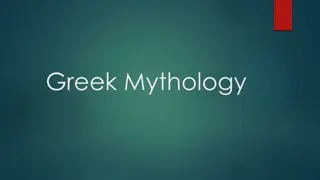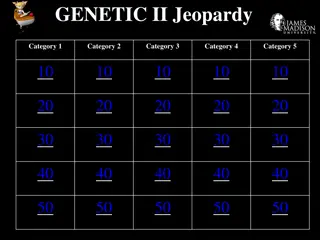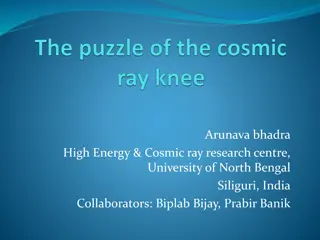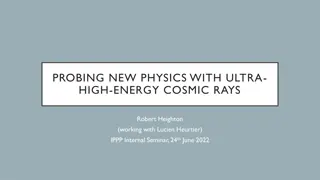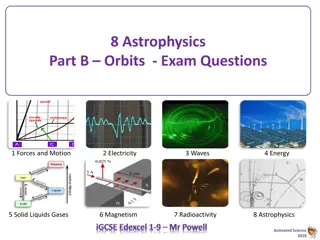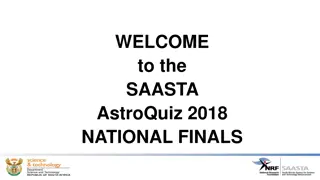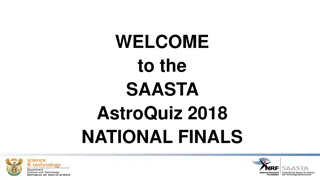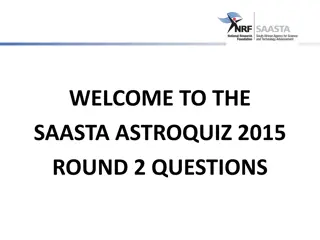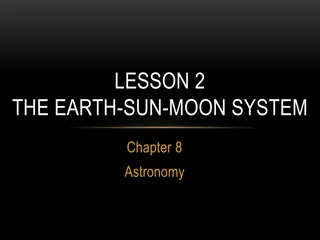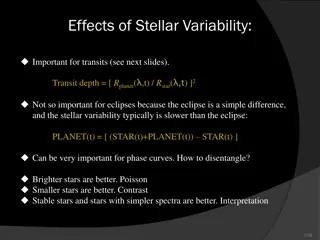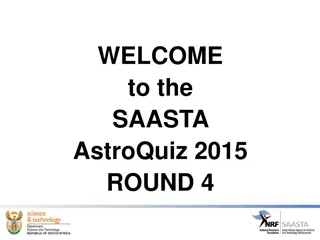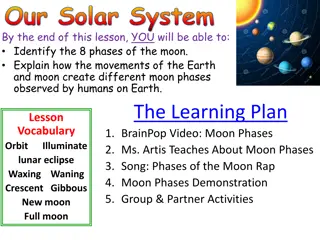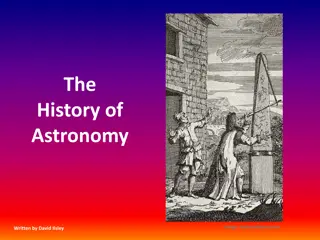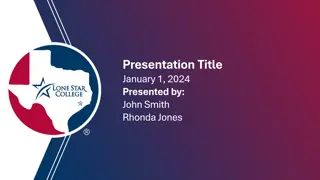Unraveling the Mysteries of Boyajian's Star Eclipses
Explore the possible explanations for the enigmatic eclipses of Boyajian's Star, from comet scenarios to the presence of massive bodies with dust clouds. Researchers delve into observational constraints, models, and future predictions, shedding light on the irregular dips and peculiar shapes observed. Could swarms of comets or massive objects orbiting the star hold the key to understanding these intriguing phenomena?
Download Presentation

Please find below an Image/Link to download the presentation.
The content on the website is provided AS IS for your information and personal use only. It may not be sold, licensed, or shared on other websites without obtaining consent from the author. Download presentation by click this link. If you encounter any issues during the download, it is possible that the publisher has removed the file from their server.
E N D
Presentation Transcript
Mysterious eclipses of Boyajian's star: a possible explanation ubo Neslu an & J n Budaj Astronomical Institute, Tatransk Lomnica Slovak Republic Prague, Jun 27, 2017
Content Discovery Lightcurves and observational constraints Models and their problems Comet scenario Massive object scenario Future
KIC 8462852 Boyajian et al.(2016), Kepler data, normal 12 mag F3V(IV) star M=1.43Msol, R=1.58Rsol, Teff=6750K Irregular dips with peculiar shapes, up to 20% deep 13:15
Long term trend IR,sub-mm,mm,GAIA Boyajian et al.2016, Marengo et al. 2016 Montet & Simon (2016) Lisse et al. 2015, Thompson et al. 2016 Hippke & Angerhausen 2017 (GAIA, 390pc) Nondetection, not young object Dust <7.7 M_Earth within 200au Dust in occultation < 10^-3 M_Earth Another event 13:15
Comet scenario Bodman & Quillen (2016) a swarm of 70-700 comets highly eccentric orbits Pros: Fits most of the features very well Satisfies the IR limits Such comets are known to exist and have high probability of transit Cons: cannot reproduce smooth 800d feature produce shallower eggress with tails (obs. have the opposite trend) many free parameters can fit anything, hence the model may not necesarily be correct even if the fit is perfect Symmetric 'ring like' feature at BKJD 1540 would be an accidental constellation of comets Another symmetric feature at BKJD 1210 would be another accidental constellation of comets 13:15
Massive bodies with dust clouds Neslusan & Budaj (2017) star & 4+ massive bodies with dust clouds Assumptions: initial dust cloud model, gravity (star+body), P-R drag Example solution found: 4 objects on almost identical orbits: i=90 deg, p=0.1 AU, a=50 AU and identical particles with beta=0.63 Spherical cloud (blue: M=10^-10 Mstar, green: 10^-8 Mstar 13:15
Massive bodies with dust clouds An initial ring-like cloud, Inclination=45deg, R=5000-10000km, M=10^-8 Mstar 13:15
Pros: -problems of the comet scenario are gone -low number of free parameters Cons: -fits are not perfect (but surprisingly good given only a few free param) -how to get a massive body on such eccentric orbit -how to form a dust cloud around it Metzger, Shen & Stone 2017: Lidov-Kozai oscillations due to outer M dwarf companion can get a massive object on such orbits. The object may be disrupted, consumed by the star, star gets brighter and then fades back what could explain the long term fading problem. Granvik et al. 2016: Super-catastrophic disruption of asteroids at small perihelion distances.
May 19, 2017 Boyajian's star is waking up ... to be continued ... Thank you!



